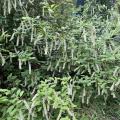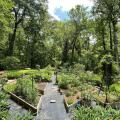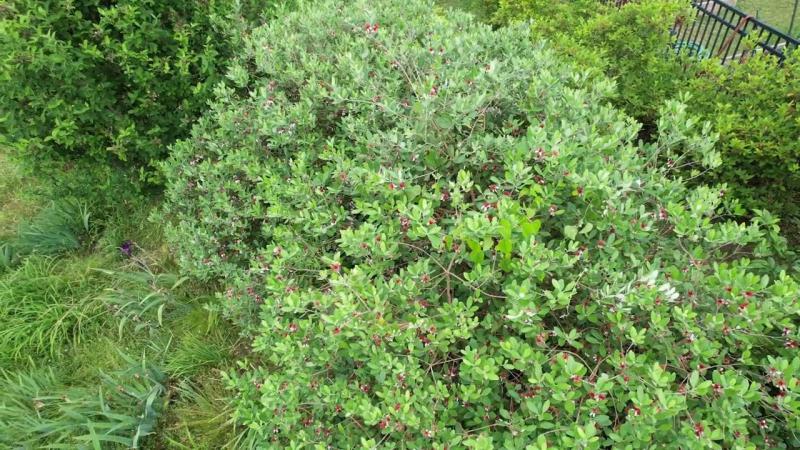Site Selection, Bed Preparation and Planting of Roses
Publications
News
There are a few plants that bring both beauty and function to the landscape, and pineapple guava is one of those rare gems that does it all.
During a recent visit to Paul and Donna Ingram’s garden in Vicksburg, Mississippi, I was inspired by how beautifully they’ve showcased this remarkable plant.
Deciduous plants are those that shed their foliage at the end of the growing season. I recently had the pleasure of seeing the beautiful collection that Warren County Master Gardener Beattie Williams has curated.
While there were several standout selections in her garden, one that immediately caught my eye was Virginia sweetspire. This is a native shrub that offers something beautiful for every season.
The peaceful backyard garden of Beattie Williams in Vicksburg, Mississippi, is a master class in the use of raised beds in a home landscape.









